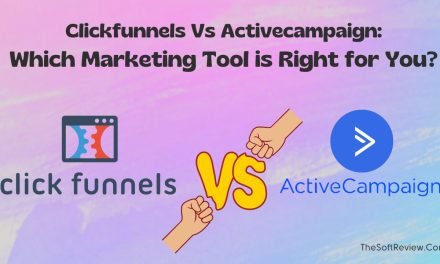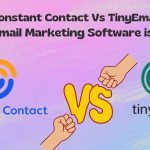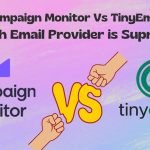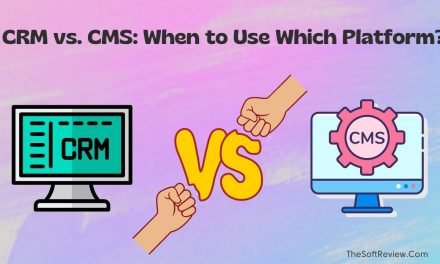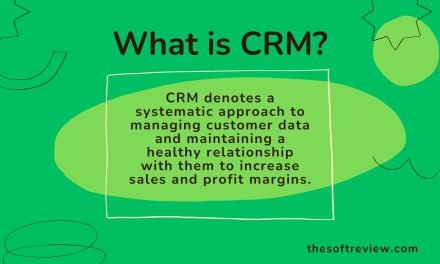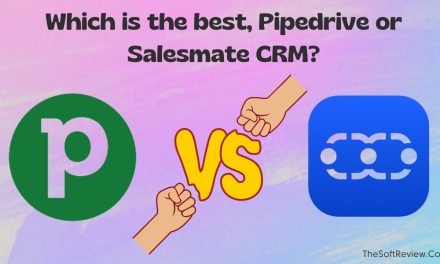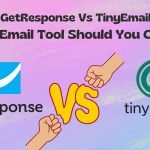
What is CRM Targeting? A Step-by-Step Guide to Boosting ROI.
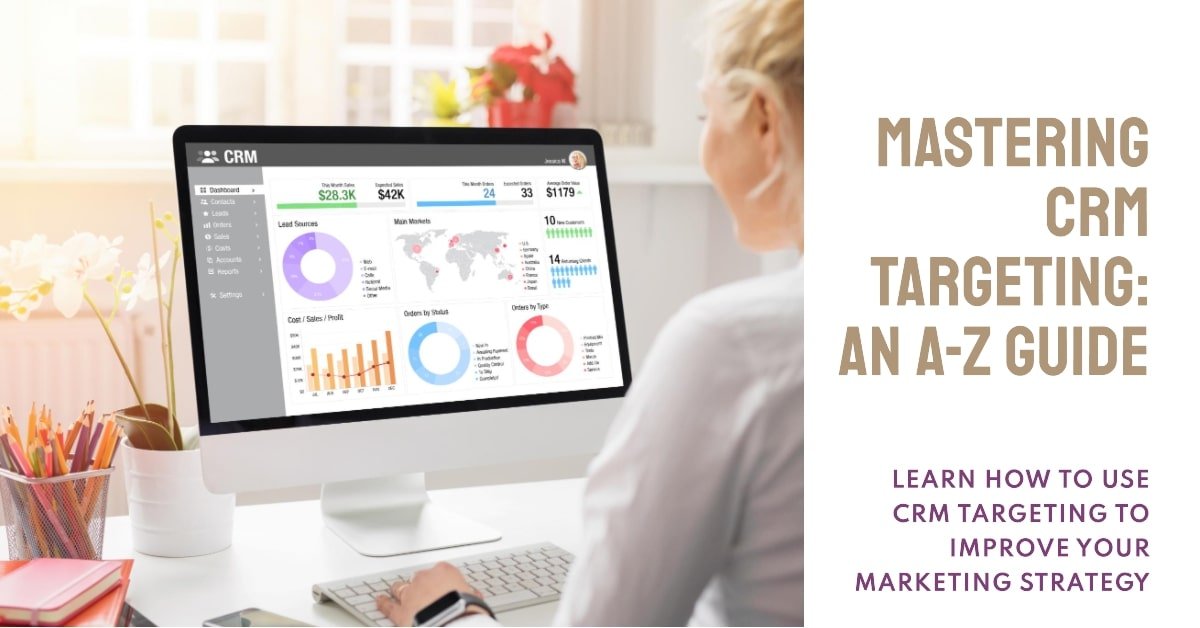
Establishing a meaningful relationship with your customers is the primary goal of using CRM software; however, if you do not know how to do that, all the time and money will be wasted.
Key Analysis: What is CRM Targeting?
CRM targeting is one of the finest approaches to increase the ROI of a CRM system where you utilize your customer data appropriately to deliver the exact content or offer they seek through the channels they use to engage with you, such as your website, social media, email, etc and increase the revenue.
But don’t worry if you are new to CRM targeting. In this post, we will dive deep into what CRM targeting is and how it works with the benefits and the implementation so that you can get the most out of your CRM system.
What is CRM Targeting, and How it Works?
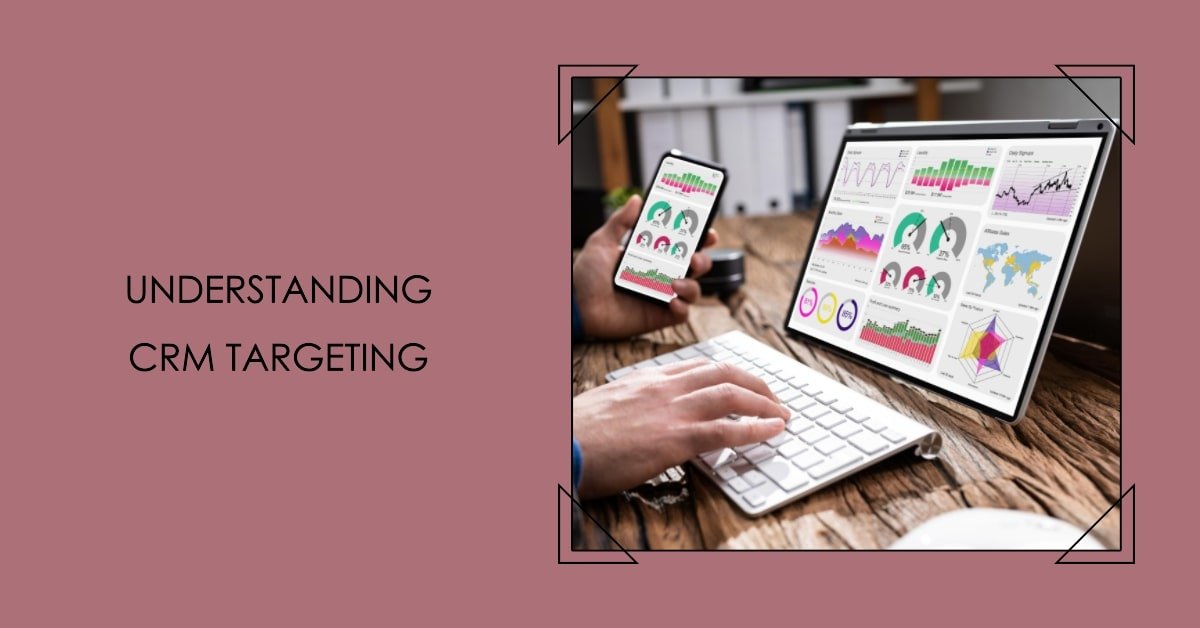
Note: More expressively, CRM targeting is using, analyzing, and segmenting customer data to deliver the right offer/content at the right moment so that the chances of conversion increase. CRM targeting relies on collecting and analyzing customer data from various touchpoints to understand each customer’s needs.
Let’s learn how CRM targeting works via a practical step-by-step process:
Step 1: Data Collection and Analysis
As customer data is the key, businesses collect customer data from website interactions, purchase history, social media engagement, surveys, loyalty programs, customer service, demographic info, etc.
Companies often integrate these channels with their CRM system to automatically collect and store all the data in the database, making the next step easier.
After a business gathers a handful of customer data in its database, it uses analytical tools to understand better the data they have.
For instance, an e-commerce business can dive into analytics and determine the purchasing ratio and abandoned carts. After that, they can take action to convert those abandoned carts into sales.
Step 2: Customer Segmentation
When a business finds out the potential of its customer data using various analytic tools like Google Analytics or the built-in analytic tool within the CRM system, the next step is to segment the data to make it easy to take meaningful actions.
Businesses take several approaches to segmenting customer data, such as behavioral, geographic, demographic, and predictive segmentation.
For instance, an e-commerce business selling apparel can segment its customers based on their behavior and into groups like “casual ear enthusiasts,” “active sportswear buyers,” and more.
Step 3: Developing Buyer’s Persona
Setting up a buyer’s personal is the most crucial part of CRM targeting. In this step, businesses reorganize the segmentation that they have created based on which stage of buying a customer.
A buyer goes through three stages before making a purchase, which is Awareness, consideration, and decision.
So, now businesses dig out each segment and find out each customer’s pain points and behaviors again to set their buyer’s persona stage.
For instance, if a customer has read your blog on “how to choose the best badminton shoe” on your website and subscribed to your newsletter for more information on this topic, you can define it as their awareness stage.”
Creating persona stages and re-organizing the segmentation helps businesses create more meaningful content and actions that truly resonate with their customers.
Step 4: Content Personalization
With the personas in mind, businesses tailor their content and campaigns to engage with customers meaningfully. This step can include crafting personalized email campaigns, designing dynamic website content that changes based on each visitor’s persona, creating more targeted social media and display ads, and more.
To personalize the content, businesses hire expert team members who understand the problems of their users can can create engaging content that provides in-depth solutions.
Step 5: Testing, Iterating and Monitoring
Once businesses optimize their content based on each stage of the buyer’s persona, it’s time to implement the CRM strategy.
In this stage, a business would send targeted emails, show display ads to visitors based on their persona, craft lead-winning social media ads, and ultimately target each customer segment and reach out to them in which channels they use.
At the same time, businesses will continuously monitor the output, such as conversion rate, engagement rate, and customer feedback, using the analytic tool they use.
These are the five-step process of CRM targeting. Now let’s talk about how you can implement a CRM targeting strategy to get the maximum ROI from your CRM investment:
How to Use CRM Targeting as a CRM Strategy?
1. Use the Right Marketing and Analytical Tools
To get started with a CRM targeting strategy, you have to use the right marketing tools, such as you have to select the right CRM, email marketing, lead generation, and analytic software.
HubSpot CRM, Mailchimp, Google Analytics, and others would be good options.
Along the way, you have to use the CMS system that can help you change the website content based on the buyer’s persona.
Once you have the right tools, you must learn and train your team to implement the strategy effectively.
2. Train Your Team
If your team does not know how to use the CRM system, you must train your team to use the major steps of CRM targeting.
For instance, you have to teach your different team members how to integrate your CRM system with all your marketing channels so that you can collect the data automatically.
You also have to train them on how they can analyze the data and create customer segmentation based on the buyer’s persona.
Along the way, it’s important to create engaging marketing ads, set up dynamic website content, and provide satisfactory customer service so that customers keep coming back.
3. Be Consistent and Track the Performance
Once you have trained your team and created the content, it’s time to implement the strategy by connecting with your customers on the channel they love.
It’s also essential to continuously monitor progress and improve over time.
The Takeaway
As the competition in digital marketing increases, personalizing your marketing content based on the data you have can be an effective strategy to increase revenue. CRM targeting makes the process easy as all customers are available in the CRM database.
So, if you want to double or even increase the ROI of your CRM, make sure you use CRM targeting as your primary CRM strategy.
However, while implementing, ensure you understand the core concept thoroughly and follow the best practices discussed in the blog post.





